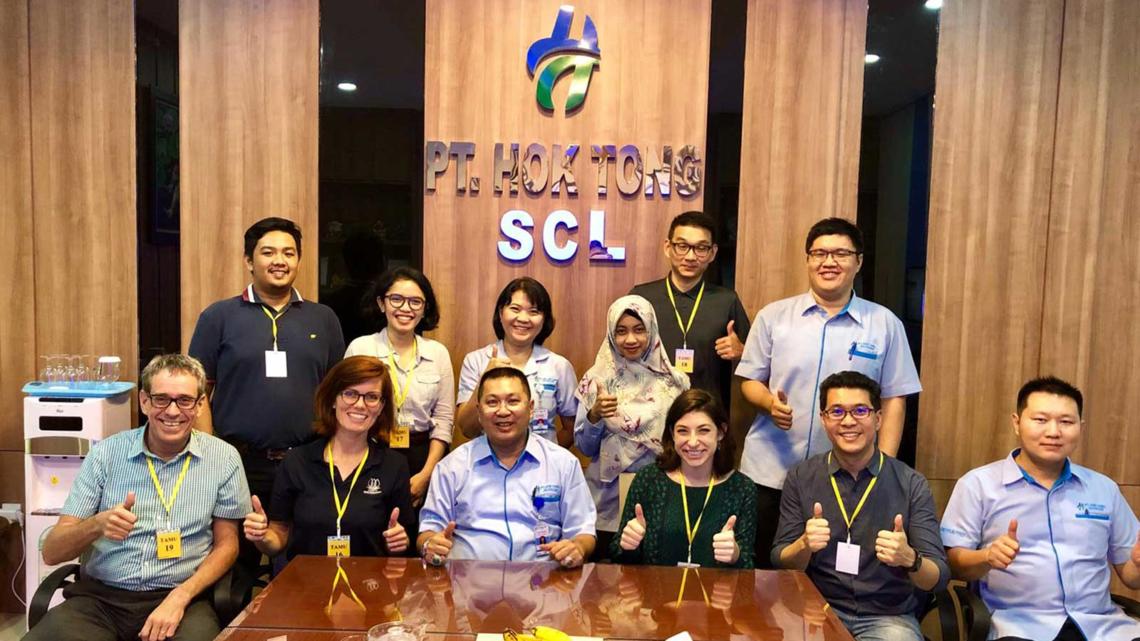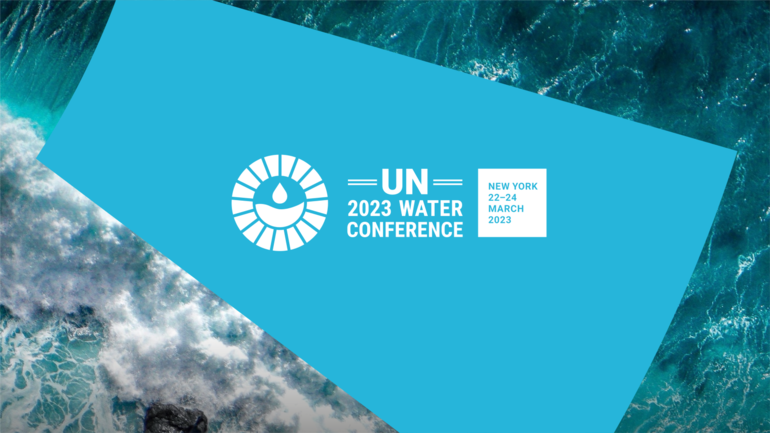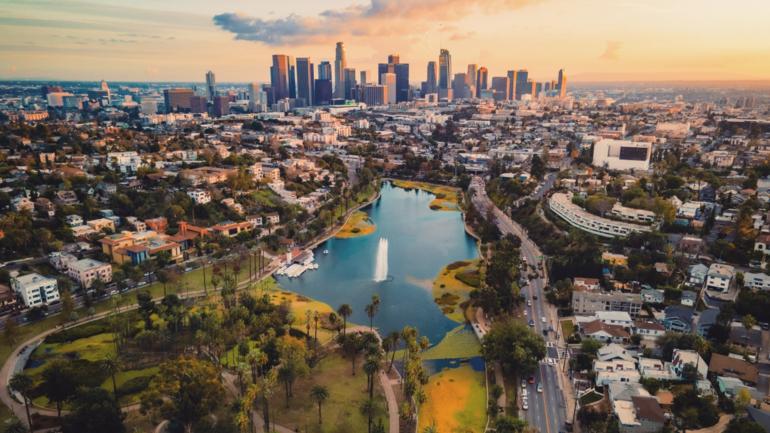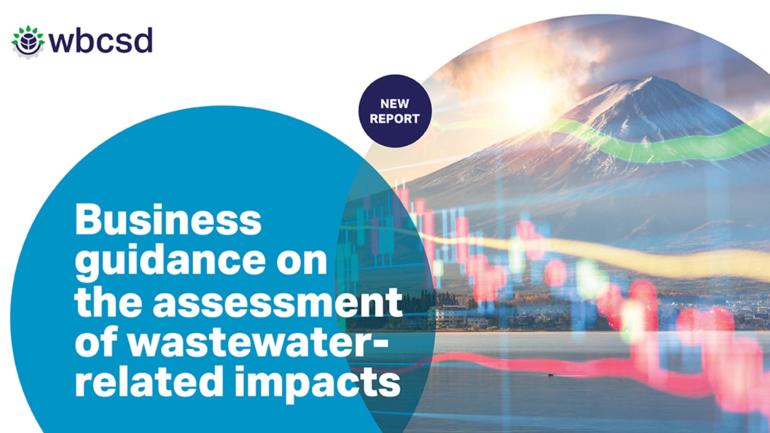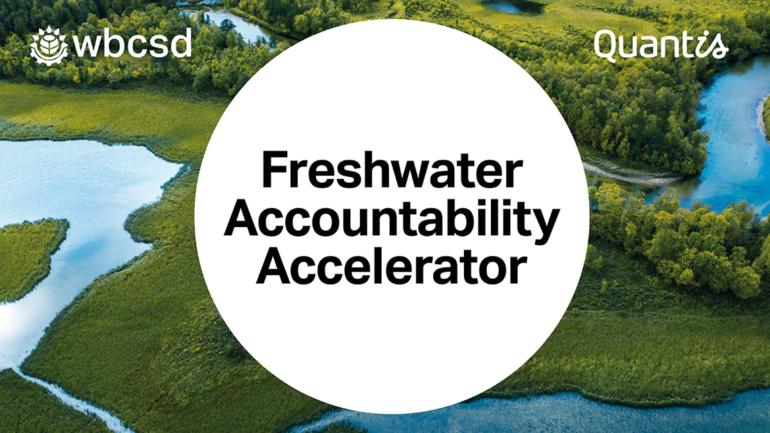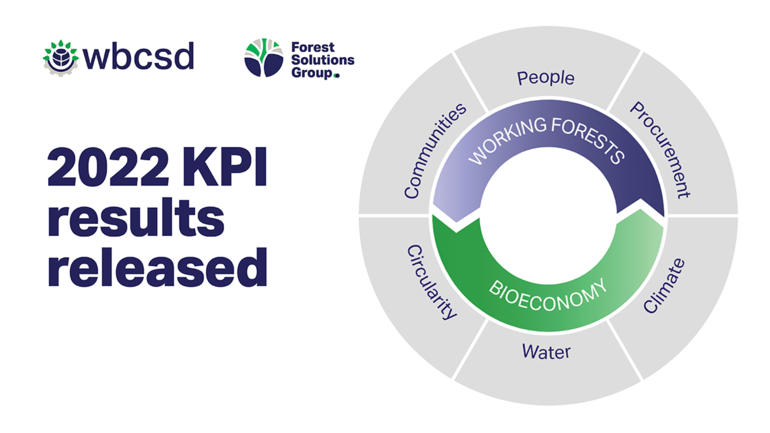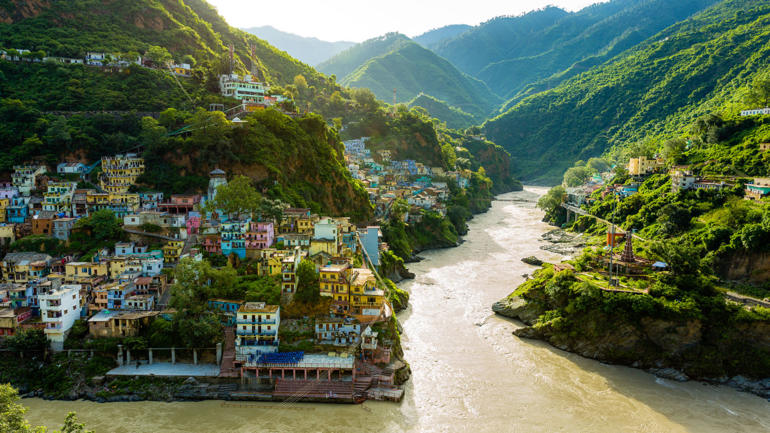GAA and AWS: partnership for water stewardship in agriculture
Demonstrating responsible water stewardship is an essential ingredient of sustainable agriculture and a priority focus for GAA. AWS is a global membership-based collaboration with a mission "to lead a global network that promotes responsible use of freshwater that is socially and economically beneficial and environmentally sustainable".
A partnership between GAA and AWS, Action Learning Projects help GAA Members identify risks and opportunities at a specific site within company operations and provide insight and support to help companies make informed decisions around integrating water stewardship methodologies and activities into their supply chains in alignment with the AWS Standard. The AWS Standard offers a credible, globally-applicable framework for major water users to understand their own water use and impacts, and to work collaboratively and transparently with others for sustainable water management within the wider water catchment context. Implementers follow the steps and guidance in the AWS Standard to achieve good water stewardship practices that improve site water performance and contribute to wider sustainability goals.
The context: natural rubber and water use
Asia houses 90 percent of the world’s rubber production, with Indonesia, Thailand and Malaysia together comprising 70 percent of natural rubber production globally. Demand is increasing, with production rates in 2018 seeing a 4.6 percent increase from 2017 levels—primarily supplying raw material to make tires downstream in the supply chain
After latex is collected from the rubber tree, the raw material is sent to rubber processing facilities where it is intensively washed, prepared, and dried before it is shipped to tire manufacturers that shape it into a final product for retail. The processing operation is water intensive, often requiring up to five rounds of cleaning. There are site-level and company-wide risks associated with relying on water for rubber processing: fluctuating water supply can present a physical risk; increasing costs of water, cost from transporting water, or operating water treatment facilities can pose a financial risk; and potential allegations related to water pollution from a rubber processing site can result in social and legal risks to a company. Interventions to enhance sustainable water management both at site-level and within a broader catchment can decrease risk and allow companies like Halcyon and HeveaConnect to emerge as leading water stewards in the community and rubber sector as a whole.
Visiting PT Hok Tong in Jambi: exploring how to minimize water risk and enhance sustainability
Any responsible business or organization should commit to causing no harm to the natural environment and communities and aspire to achieving a net benefit. A clear business case for water stewardship can be made on the basis of physical, regulatory, and reputational risk. For any site, including a rubber processing facility, it is important to first start with understanding the water related risks and challenges the site is facing. Data collection and analysis can inform decision-making and lead to more effective, efficient, and informed commitments and plans for solving these challenges.
During the last week of August representatives from GAA, Halcyon, HeveaConnect, and AWS A-P travelled to Jambi, Indonesia to kick off a water stewardship Action Learning Project and gather on-the-ground data at one of Halcyon’s rubber processing factories—PT Hok Tong. To complement this on-site assessment, an online water stewardship survey was also conducted with PT Hok Tong and 17 other Halcyon rubber processing factories in the region. The three-day site visit had multiple goals:
- Share with PT Hok Tong, Halcyon, and HeveaConnect staff the key elements of water stewardship and the roles of site-level management and catchment-level dependence. At the site level—in this case the rubber processing plant in Jambi—a site can influence water management through water efficiency and reducing water pollution. At the catchment level, a site can be affected by the actions of others, especially from upstream users, but also downstream impacts. PT Hok Tong is located far downstream within a relatively large catchment, so many companies, communities, and government actors operate upstream and can impact water availability and quality for PT Hok Tong. During the convening, AWS A-P introduced the AWS Standard and certification process to PT Hok Tong and Halcyon staff for their consideration.
- Gather available quantitative and qualitative data to understand existing measures, plans, policies, and activities related to how PT Hok Tong uses water in its processes and operates within the catchment with other stakeholders. Action Learning Project participants also sought to tour the broader watershed and a second factory in the area to better understand the context and reflect on a point of comparison. AWS A-P collaborated with the engineering firm PT Witteveen + Bos Indonesia.
- Provide preliminary observations and rally on-site and corporate-level support for implementing solutions to enhance water stewardship. AWS A-P and PT Witteveen + Bos Indonesia planned to reflect on data collected during the site assessment and offer initial recommendations that will be expanded on in a long-form report later in 2019.
The site-level assessment experience
The three days kicked off with presentations from AWS A-P on the AWS Standard and its the framework for water stewardship that includes five key pillars: good water governance; sustainable water balance; good water quality; important water-related areas; and safe water, sanitation, and hygiene for all. The AWS process for certification includes five steps: Gather and Understand; Commit and Plan; Implement; Evaluate; and Communicate and Disclose. Basja Jantowski, Director Indonesia at AWS A-P, presented the initial findings from the data submissions that PT Hok Tong had sent in advance of the site visit. Subsequently engineering firm PT Witteveen + Bos Indonesia presented the catchment map which positioned the site as part of the broader catchment area.
Subsequently the group donned boots and hard hats and entered the factory for a tour of the facilities, asking questions and taking notes on waste water management practices; WASH facilities for staff; water recycling between the processing stages; water storage approaches; and intake and output locations. Factory representatives explained the rubber processing operation and timeline, detailing when, where, and how much water was used throughout the duration of various activities.
Next, AWS A-P split the group into two teams. One focused on discussing stakeholder engagement; governmental and other initiatives around the site and catchment; and legal compliance. The other focused on water technologies and engineering aspects of PT Hok Tong’s water management process. Information reaped from these discussion sessions helped complete the assessment to establish where PT Hok Tong stands on the path to AWS certification and on their unique water stewardship journey.
To build on this, the team loaded into two cars and headed to the larger river next to which PT Hok Tong is positioned, evaluating the embankment and scoping a key part of the wider catchment. They also visited and toured another Halcyon rubber processing factory downstream that was much larger. It provided a strong point of comparison to situate PT Hok Tong in its operational context and provided a basis for some of the recommendations that AWS and Witteveen + Bos could make given a better understanding of Halcyon’s capacity for improvement.
Last, AWS A-P offered an initial assessment of the data gathered before and during the site visit, highlighting opportunities to improve water stewardship and reduce water risk. Key recommendations included:
- Increase the frequency of emptying sludge storage systems to prevent overflows or other risks and assess the potential of re-using the water;
- Increase recycling percentage by using the intake water only for the blanket production line or by adding an extra treatment technique;
- Re-install meters at water intake and other crucial points to strengthen data consistency and quality;
- Consider using rainwater collection for the domestic and productive water supply; and
- Strengthen support activities with rubber farmers in the catchment to reduce water related risks in production regions.
Moving forward: the final report
In the coming weeks, AWS A-P will work with Halcyon to develop a comprehensive report detailing findings and expanding on recommendations resulting from the PT Hok Tong site assessment and the 18-factory survey. Leaders from company headquarters and the processing site will determine which recommended actions to take forward, and how to leverage the Action Learning Project process and outcomes across other factories in Indonesia and beyond. A public version of will be available so that agribusinesses and other stakeholder can explore how outcomes from this project could inform their own water stewardship efforts.
“These past two days have been fruitful and an eye opener for us. We haven’t looked at water the way you look at it. Without water we cannot function but we never had such a comprehensive view of water especially in terms of risk, not only in terms of sustainability. We have learned a lot, especially in terms of…how we assess water as a part of the business risk.” Chee Meng Lee, Quality Assurance, Halcyon
“We select our [sustainability] projects very carefully. Very insightful 1.5 days, there are lot of issues raised that are very pertinent. I personally found it very interesting and exciting.” Kavickumar Muruganathan, Deputy Director, Sustainability, HeveaConnect
“I am personally excited with the staff we have here [at the site assessment]. It shows the broad interest from the organization at the site level, Hevea Connect and Halcyon. Besides the insights we are getting out of this data, the most important thing is that we have everyone on board. In the end, the outcome of this work will be a site-specific plan that PT Hok Tong will implement and own. We are pleased to see that level of commitment already happening here at the site.” Basja Jantowski, Director Indonesia, AWS Asia-Pacific

